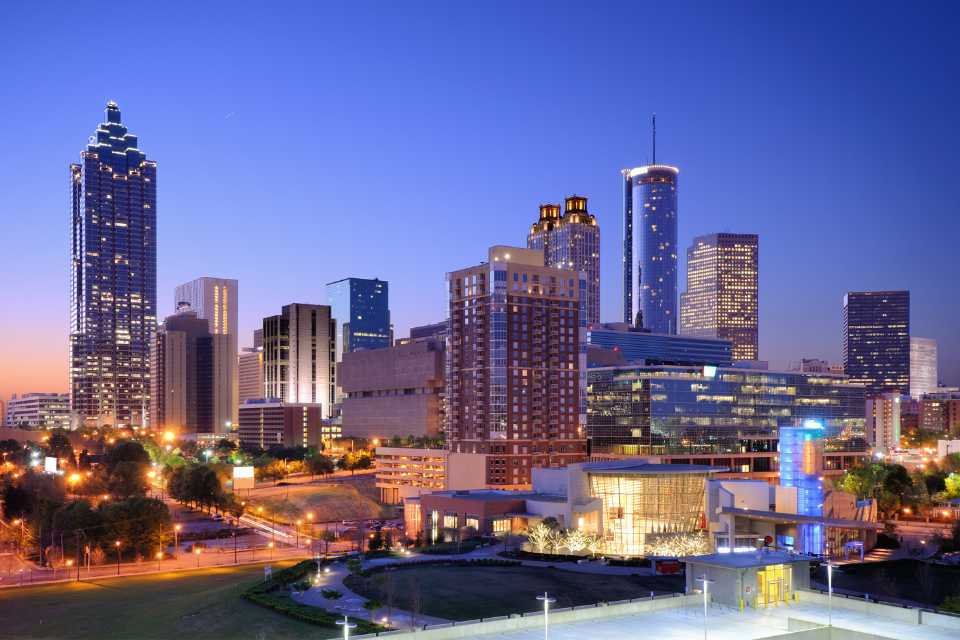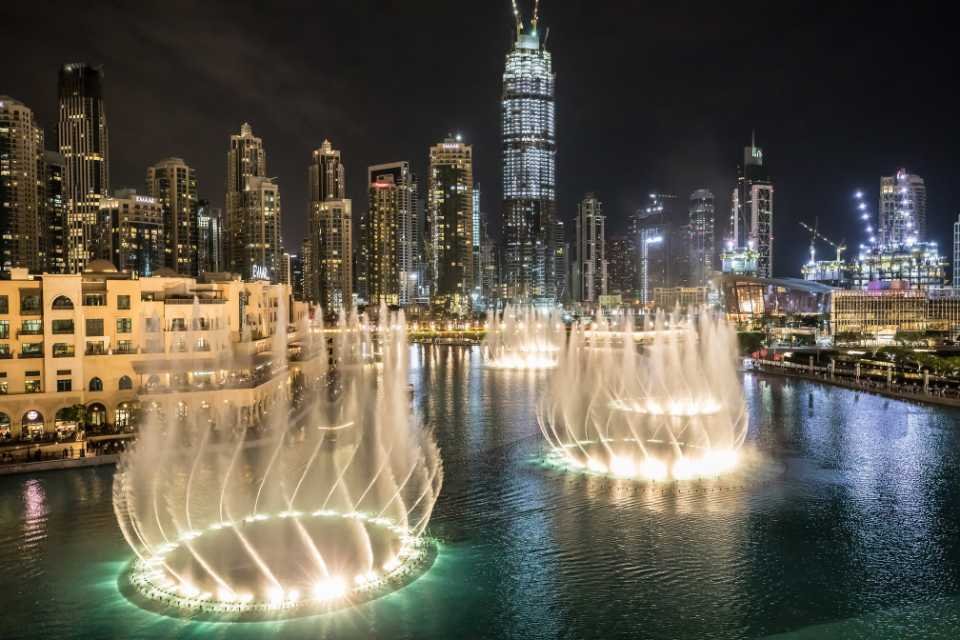Senso-ji Temple Tokyo travel guide
Everything you need to know before visiting one of Tokyo’s oldest, most impressive and most important temples
When it comes to Tokyo tourist attractions, Sensoji Temple is an obvious choice. With its bright red gate at the entryway, you've probably seen this temple before. Known as "Kaminarimon" or Thunder Gate, this gate features a large lantern hanging from its centre.
Under this lamp, people enter the temple grounds through the main gate. In order to take photos or meet people, you'll find an abundance of people milling around this gate outside of Asakusa station, where the temple is located.
This handy guide will help you to get the most out of your Senso-ji visit.
About Senso-ji
The oldest temple in Tokyo, Senso-ji, was constructed in 645. Compassionate bodhisattva, or "Kannon Bosatsu" in Japanese, is the focus of this shrine. In 628, two fishing brothers, according to legend, caught a Kannon statue in the neighbouring Sumida River.
With the help of their wealthy landlords, they transformed their home into a temple so that the entire community might pray to the statue. Ieyasu Tokugawa named Senso-ji as the Tokugawa clan's tutelary temple during the reign of the Tokugawa shogunate. In World War II, the original main temple building was destroyed, but it was restored afterwards. Each of the temple's two main entrances has been destroyed and rebuilt multiple times during the course of its history.
The golden picture of Kannon (the Buddhist goddess of mercy), which is housed in Tokyo's most popular temple, is said to have been miraculously retrieved from the nearby Sumida-gawa by two fisherman in AD 628, according to mythology. There has been no public display of the image since then. The current building was constructed in 1958.
The best time to visit Senso-ji
Consider visiting Sens-ji in the evening to see it less crowded and the buildings lit up in a wonderful way.
What is Sanja-Sama?
A shrine in Asakusa called "Sanja-Sama" may be seen directly across the street from the main temple. To honour the three men responsible for the construction of Sensoji Temple, a shrine has been established here. Buddhism and Shintoism are not mutually exclusive, thus you'll encounter this type of setup quite frequently in Japan, even though it seems unusual at first.
It's called the Sanja Matsuri, and it's celebrated every third weekend in May to honour the three men. Around 2 million people attend each year, making it one of Tokyo's most popular festivals. Finding an English-speaking local guide who is familiar with the area is the best way to learn more about the area's history and culture firsthand.
Senso-Ji tours
Although you can easily turn up to Senso-Ji and enjoy looking at this magnificent temple, it may make more sense to include it on a tour of Tokyo, or hire a local expert to
What else should you look out for at Senso-ji?
The Kaminari-mon and Nakamise-dri retail streets are the main entrances to the temple complex. Fjin (wind god) and Raijin (tornado god) sculptures may be seen on either side of the gate, and a lovely carved dragon can be found under the red lantern.
Shops along Nakamise-dri, Tokyo's main shopping street, offer everything from souvenirs to authentic Edo-style crafts.
Should you wear a Kimono at Senso-ji?
You'll see a lot of beautiful women in kimonos as you go around the temple grounds. They are usually a mix of foreign visitors and Japanese tourists looking to get into the spirit. Even if you own a kimono, you don't get to wear it very often because they are a pretty traditional piece of clothing.
It’s perfectly acceptable to dress up for a visit to a hallowed temple, so many people do. Even if you can't afford to buy a kimono, you can rent one from one of the many stores in the area that rent them out.
More Tokyo things to do near Senso-ji temple
Tokyo Tower
One of Tokyo's most iconic landmarks, Tokyo Tower stands at 1,092 feet (333 metres) tall and features two observation decks. The Eiffel Tower-inspired tower, built in 1958 from red and white latticed steel, holds a wax museum, a Shinto Shrine, an aquarium, restaurants, and other amusement areas.
Tokyo Imperial Palace
Tokyo’s Imperial Palace, the official residence of Japan's Emperor, stands on the site of the Tokugawa shogunate's Edo Castle (Edo-j), previously the world's largest castle. The palace is situated in the middle of Tokyo, surrounded by moats and tranquil gardens.
Meiji Shrine
Tokyo's most prominent and visited Shinto shrine, Meiji Jingu (Meiji Jingu), is located here. As a memorial to Emperor Meiji and Empress Shken, the shrine was built in 1926 using funds donated by Japanese citizens who wanted to honour the emperor by planting trees in his honour. Meiji Memorial Hall, the shrine's centrepiece, features more than 80 murals honouring the emperor.
Tsurugaoka Hachimangu Shrine
Tsurugaoka Hachimangu Shrine is Kamakura's most revered Shinto shrine and the beating core of the city's spiritual and cultural life, dating back to 1063. The complex, which is home to various shrines and museums dedicated to the samurai patron saint Hachiman, is a favourite spot for festivals, weddings, and other special occasions.
Shibuya
Most residents of Tokyo live in or near the region around Shibuya Station, which is known for its crowded streets, bright neon advertisements, trendy stores and bustling malls. In addition to being one of the busiest pedestrian crossings in the world, Shibuya Crossing has become a destination in and of itself.
The best hotels near Senso-ji
Prince Park Tower Tokyo
Hotel guests will be able to enjoy all that Tokyo has to offer at the Prince Park Tower Tokyo. The Park Tower will be a welcome respite from the city's rather stale ambience. Your next trip to Tokyo will have a more peaceful atmosphere because of the city's abundance of greenery. The hotel's beautiful and expansive guest suites provide guests with sweeping views of Tokyo from their windows.
Cerulean Tower Tokyu Hotel
The Shibuya region of Tokyo is home to this modern Tokyo luxury hotel with five on-site restaurants and great service. Rooms at the hotel are decorated in soothing, traditional Japanese colours and include stunning cityscape views. Being in one of Tokyo's most dynamic boroughs, you'll have easy access to popular tourist attractions, business hubs, restaurants, nightlife, and shopping places.
The Tokyu Toyoko JR railway station and the several metro stations are just a short walk away, making it easy for guests to get around Tokyo. Many restaurants, such as the Japanese Kanetanaka-so restaurant, are decorated in a modern style and serve delectable food prepared by top chefs.
Grand Nikko Tokyo Daiba
The waterfront location of the Grand Nikko Tokyo Daiba makes it a popular choice for visitors to Tokyo. There is a business centre with high-speed Internet access, as well as a shopping arcade within the hotel. Chinese, Japanese, and Western cuisines are all available at the hotel. The rooms are large and equipped with a wide range of amenities, including in-room movies, high-speed Internet, and satellite TV. The lobby is large and welcoming, making it excellent for welcoming visitors. Your stay in Tokyo will be made unforgettable by the hotel's attentive and professional personnel.
Conrad Tokyo
Because of its excellent location near Ginza, Shinbashi, and Tsukiji, the Conrad Tokyo is a great starting point for seeing all of Tokyo's sights and sounds. All that the bustling city has to offer is just a short walk away from this hotel. Many popular city attractions are within easy walking distance of this stylish hotel in Shiodome-ku, including the Shiodome Train Station and Dentsu Shiki Theatre Umi. Simply put, you'll find all the Hilton Worldwide amenities and services you've come to expect in the convenience of your own home. To make guests' stay as pleasant as possible, the hotel offers free Wi-Fi in all guest rooms, tours, a business centre, an executive floor, shops, and special accommodations for those with disabilities.











